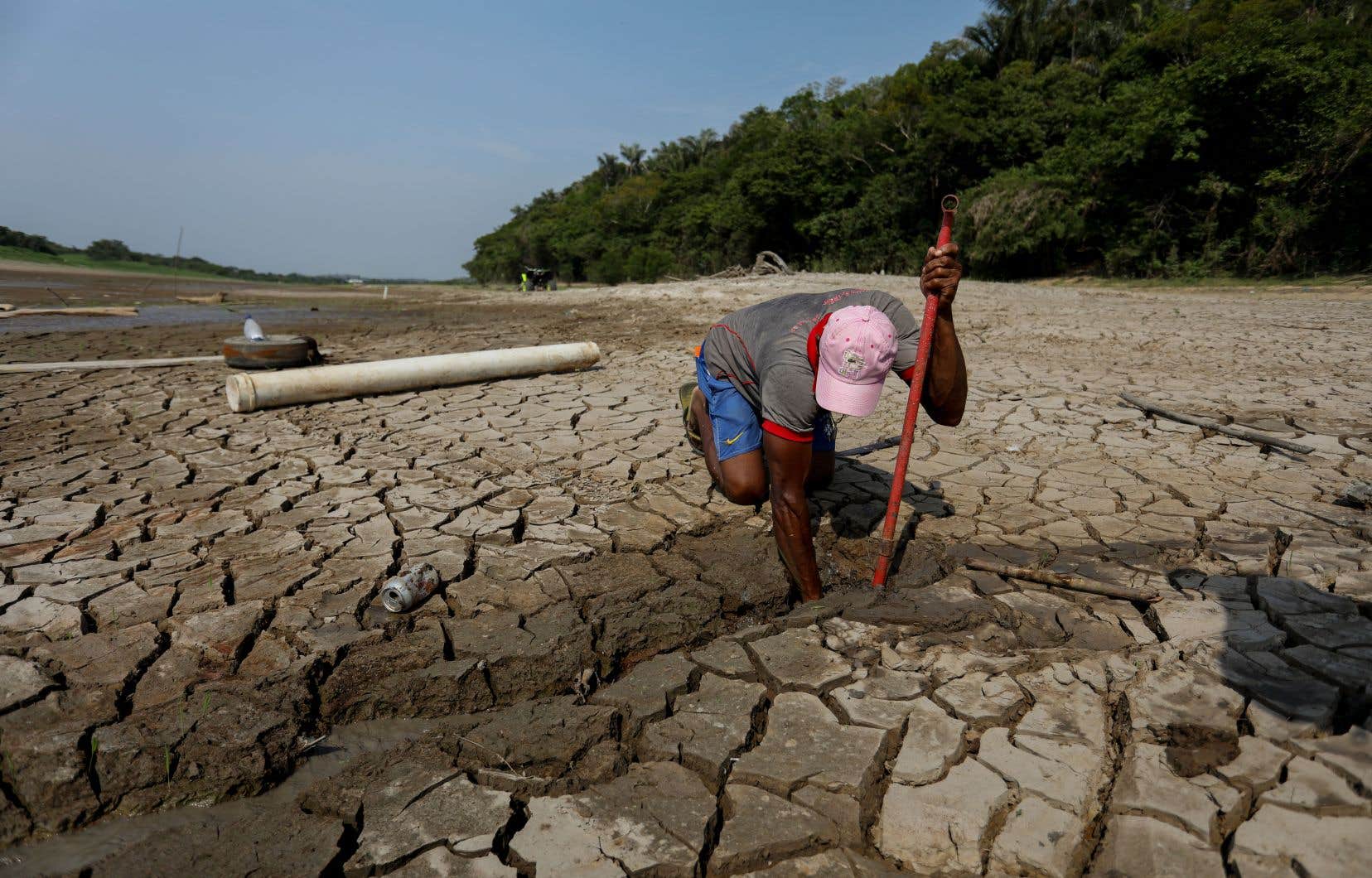Rich countries have “probably” achieved their promise of annual climate financing of $100 billion for poorer countries in 2022, according to the OECD, two years late which have permanently damaged confidence in international climate negotiations.
Two weeks before COP28 in Dubai, the Organization for Economic Cooperation and Development, responsible for the official compatibility of this promise, published its annual report on Thursday.
The OECD calculates that rich countries reached $89.6 billion in climate aid for 2021, the most recent year for which data is complete, with accounting complicated.
But it adds, through its secretary general Matthias Cormann, that “on the basis of preliminary and not yet verified data, the objective has probably been achieved” in 2022.
Rich countries, the main historical culprits of greenhouse gas emissions, committed in 2009, under the aegis of the United Nations Convention on Combating Climate Change (UNCCC), to increase to the round figure of 100 billion dollars per year their climate aid by 2020.
These funds should, for example, enable poor countries to build coastal protection structures, help farmers to better resist floods or droughts, or prevent the consequences of other increasingly devastating extreme climatic phenomena in a world already 1.2°C warmer than in the pre-industrial era.
But the delay in honoring the promise has become a major cause of tension, even blockage, in international climate negotiations, which will culminate this year at COP28 from November 30 to December 12 in Dubai.
Not to mention that the financial aid from rich countries, a key element of the negotiations to hope for progress on the renunciation of fossil fuels, is insufficient in the face of the challenges, and by a long way.
“By 2025, it is estimated that developing countries will need around 1,000 billion dollars per year for climate investments, this figure increasing to around 2,400 billion each year between 2026 and 2030”, recalls Matthias Cormann in the preamble of the report.
Adaptation deficit
“To fill this gap, these countries will have to resort to a whole series of public, private, national and international sources of financing,” he underlines. “Although public funding can only partly contribute to these considerable needs, increased participation from international donors is essential.”
The $89.6 billion provided in 2021 represents an increase of 8% compared to 2020, “a substantial increase […] significantly higher than the average annual growth of 2.1% observed between 2018 and 2020,” notes the Secretary General.
In all the flows studied, the OECD identifies two points that are “still weak”: adaptation to climate change — “although it is a major concern and a priority area for many countries developing countries” — and a “lack of effectiveness” of aid from rich countries “to mobilize private capital” to the rest of the world.
For adaptation, governments of developed countries have promised to double funding by 2025, to reach $40 billion per year.
Despite the obvious signs of “an acceleration of climate risks and their impacts across the world, the financing gap for adaptation is widening, now between 194 and 366 billion euros per year”, deplored early November a report from the United Nations Environment Program (UNEP).
For the Secretary General of the UN, Antonio Guterres, this deficit is a sign that the fight against climate change is “sinking”.
